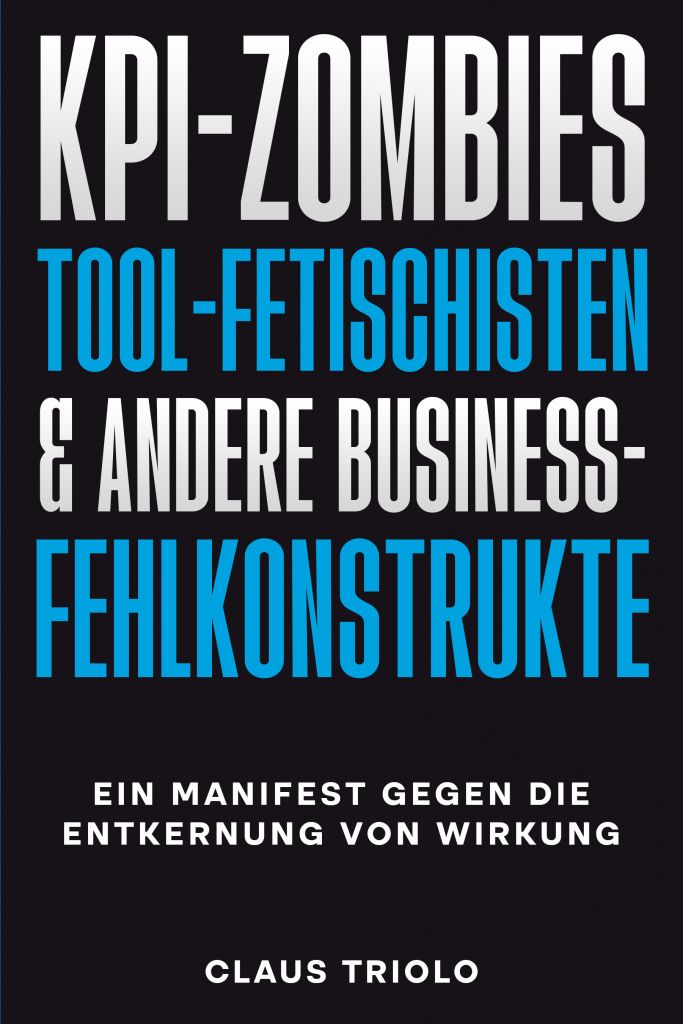In the age of digital transformation, businesses are obsessed with agility – how quickly they can adapt, innovate, and deliver value. Yet many organizations fail to address the one issue that quietly sabotages all these efforts: silos.
Silos aren’t just a structural inconvenience – they’re a strategic liability. They stifle collaboration, delay decision-making, and create inefficiencies that ripple through the entire organization. If your teams aren’t communicating, your data isn’t flowing, or your decisions are fragmented, you’ve got a silo problem.
The harsh reality? Silos are a leadership issue. And if they persist, it’s because leaders allow them to.
Silos don’t happen overnight. They form over time, often as an unintended consequence of growth and specialization. Here’s why they’re so hard to break:
Teams become territorial, focusing on their own KPIs rather than the organization’s overall success. It’s the classic “us vs. them” mentality, where departments prioritize their goals over collaboration.
Performance metrics often reward individual or departmental achievements, unintentionally discouraging cross-functional cooperation.
Outdated systems and isolated data platforms reinforce silos. Without a unified tech stack, teams are left working in their own bubbles, making collaboration nearly impossible.
Leaders often underestimate the impact of silos, viewing them as operational nuisances rather than strategic risks. But here’s the truth: silos can kill your agility, slow your innovation, and bleed your competitive edge.
Silos aren’t just an annoyance – they’re expensive. They waste resources, kill productivity, and jeopardize the achievement of goals.
“Silos – and the turf wars they enable – devastate organizations. They waste resources, kill productivity, and jeopardize the achievement of goals.”
Patrick Lencioni, bestselling author and founder of The Table Group
Here’s how silos undermine your business:
- Lost Opportunities for Innovation
When ideas are trapped within departments, you lose the synergy that comes from diverse perspectives. Innovation thrives at the intersections of functions – where marketing meets IT, or where procurement partners with R&D. Silos kill those intersections. - Slow Decision-Making
Fragmented teams lead to fragmented decisions. Instead of aligning quickly, organizations bog down in bureaucracy, wasting time and resources. - Duplication of Effort
Without visibility across departments, teams often duplicate work, wasting valuable resources on redundant projects. - Frustrated Talent
High performers want to work in environments where they can make an impact. Silos frustrate them, leading to disengagement and, eventually, attrition.
Silos won’t disappear on their own. Breaking them requires intentional leadership, a clear strategy, and the right tools.
Silos thrive in cultures where departments guard their turf. Leaders must foster a culture of shared goals and mutual accountability.
How to Do It:
- Establish cross-functional KPIs that reward collaboration.
- Host regular forums where teams share insights and updates.
- Celebrate joint wins – highlight how teamwork drove success.
Example in Perspective:
A manufacturing company restructured its bonus system to reward cross-departmental projects rather than individual team performance. The result? A 20% increase in collaborative innovation initiatives within a year.
Technology should connect teams, not isolate them. A unified platform – like an enterprise-wide S2P system or an integrated CRM – ensures that data flows seamlessly across functions.
Key Steps:
- Audit your current tools to identify redundancies and gaps.
- Invest in solutions that prioritize integration and real-time collaboration.
- Train teams to use the tools effectively – technology is only as good as its users.
Real-World Impact:
A retail giant implemented a centralized data analytics platform, replacing fragmented tools used by marketing, procurement, and operations. This single source of truth reduced decision-making time by 35%, allowing the company to respond faster to market changes.
Innovation happens when diverse perspectives collide. By creating teams that span multiple departments, you break down barriers and open up new possibilities.
Practical Tips:
- Assign ownership of strategic initiatives to cross-functional teams.
- Rotate team members across functions to build empathy and understanding.
- Ensure leadership actively participates in these initiatives to model collaboration.
If leaders don’t collaborate, their teams won’t either. Breaking down silos starts at the top, with leadership modeling the behaviors they want to see.
Proactive Leadership Moves:
- Hold cross-functional leadership meetings to align on strategy.
- Actively resolve conflicts between departments to reinforce unity.
- Share the “why” behind big decisions to foster transparency.
Breaking down silos isn’t just about fixing inefficiencies – it’s about unlocking potential. Here’s what happens when silos disappear:
- Agility Increases: Teams adapt faster to market shifts, crises, and opportunities.
- Innovation Flourishes: New ideas emerge when diverse perspectives come together.
- Employee Satisfaction Improves: High-performing employees thrive in collaborative, impact-driven environments.
- Value Creation Soars: Resources are optimized, and the organization works as a cohesive unit.
Silos are the silent killers of agility, innovation, and collaboration. They’re not just an operational problem – they’re a leadership challenge. Breaking them requires bold action, unified technology, and a culture that prioritizes shared success over individual wins.
The question isn’t whether you have silos – the question is what you’re going to do about them.
“Collaboration is the fuel for innovation. Break the silos, and you unlock limitless potential.”
Claus Triolo, The Procurement Rainmaker



















